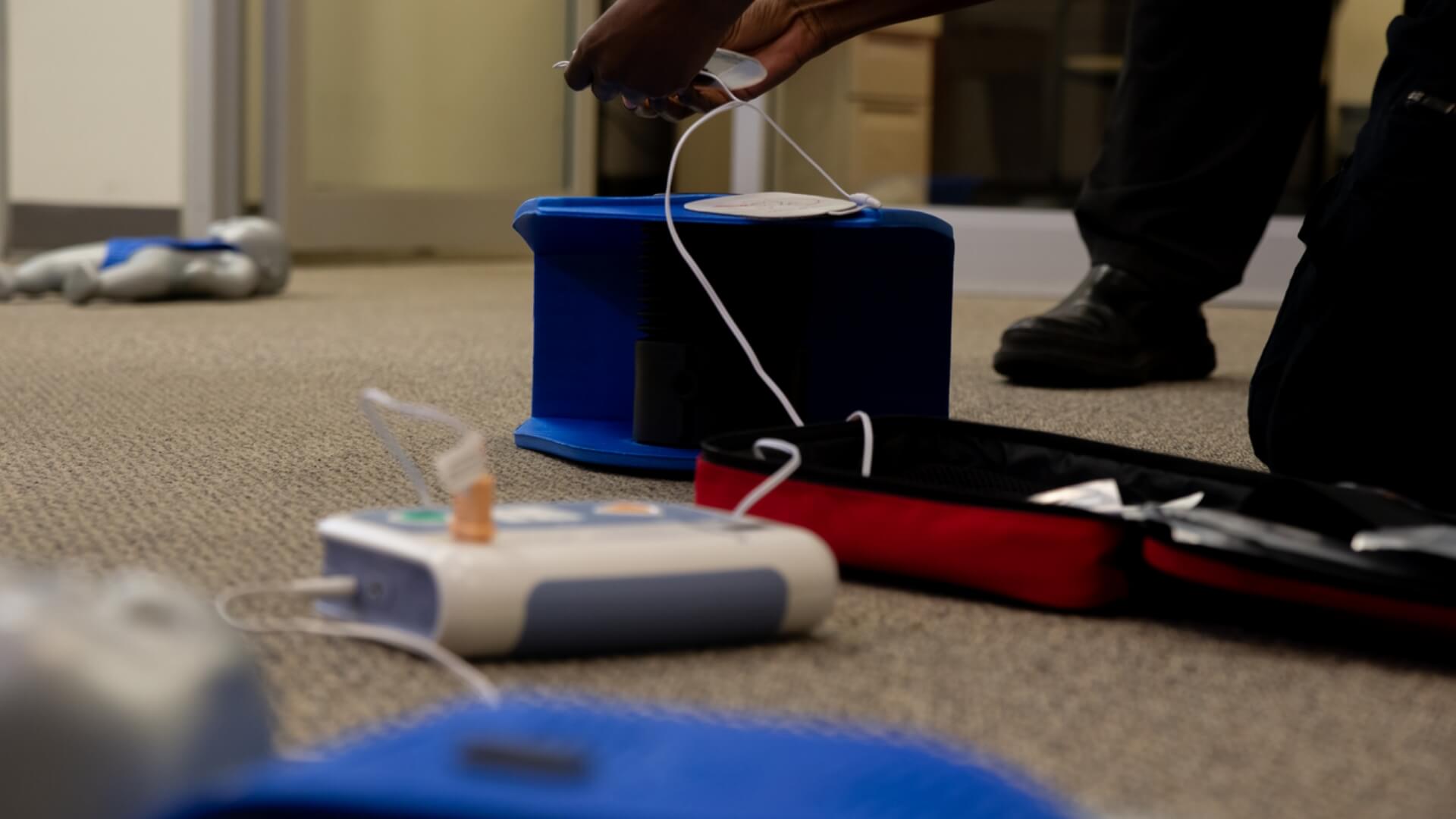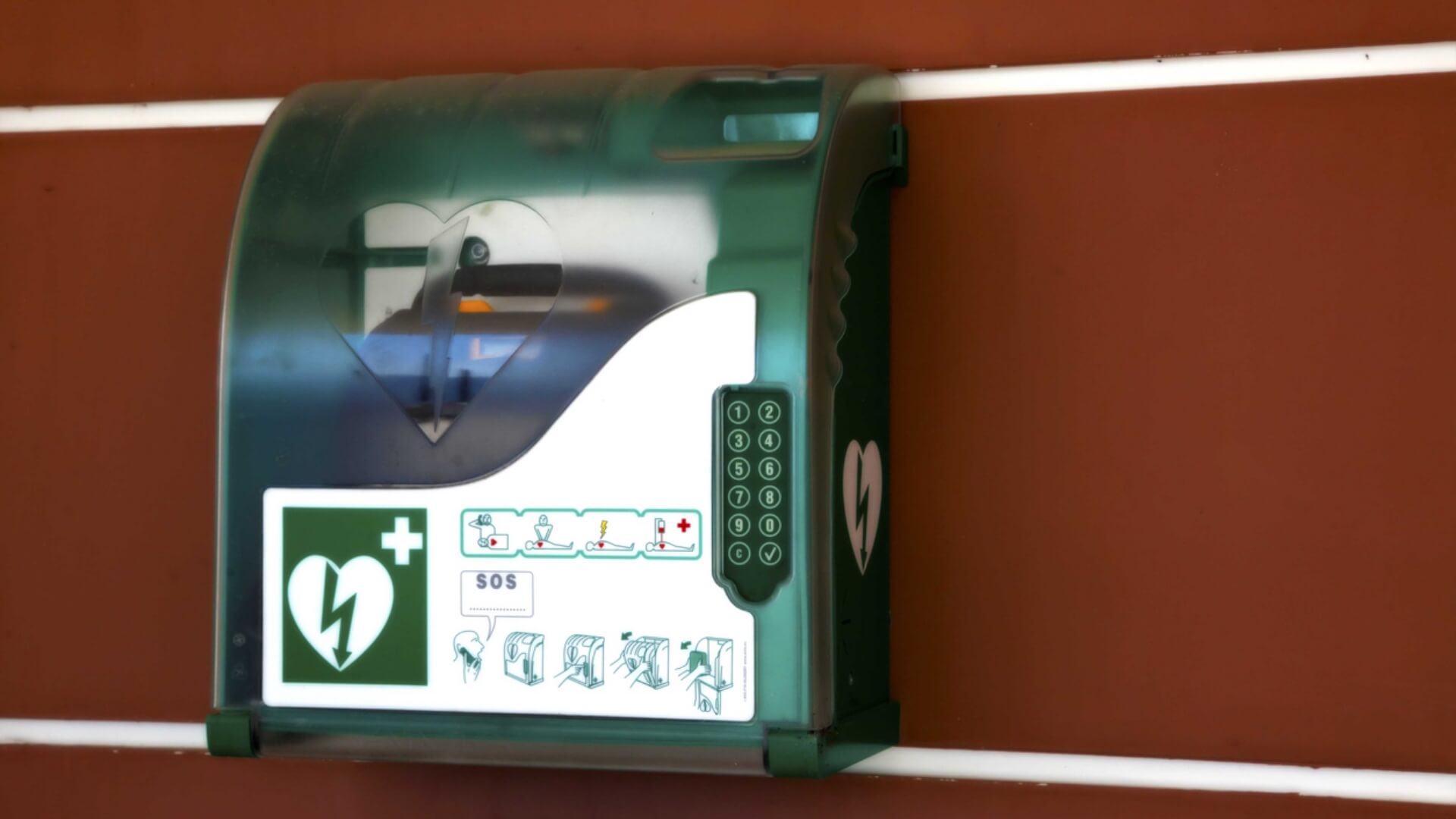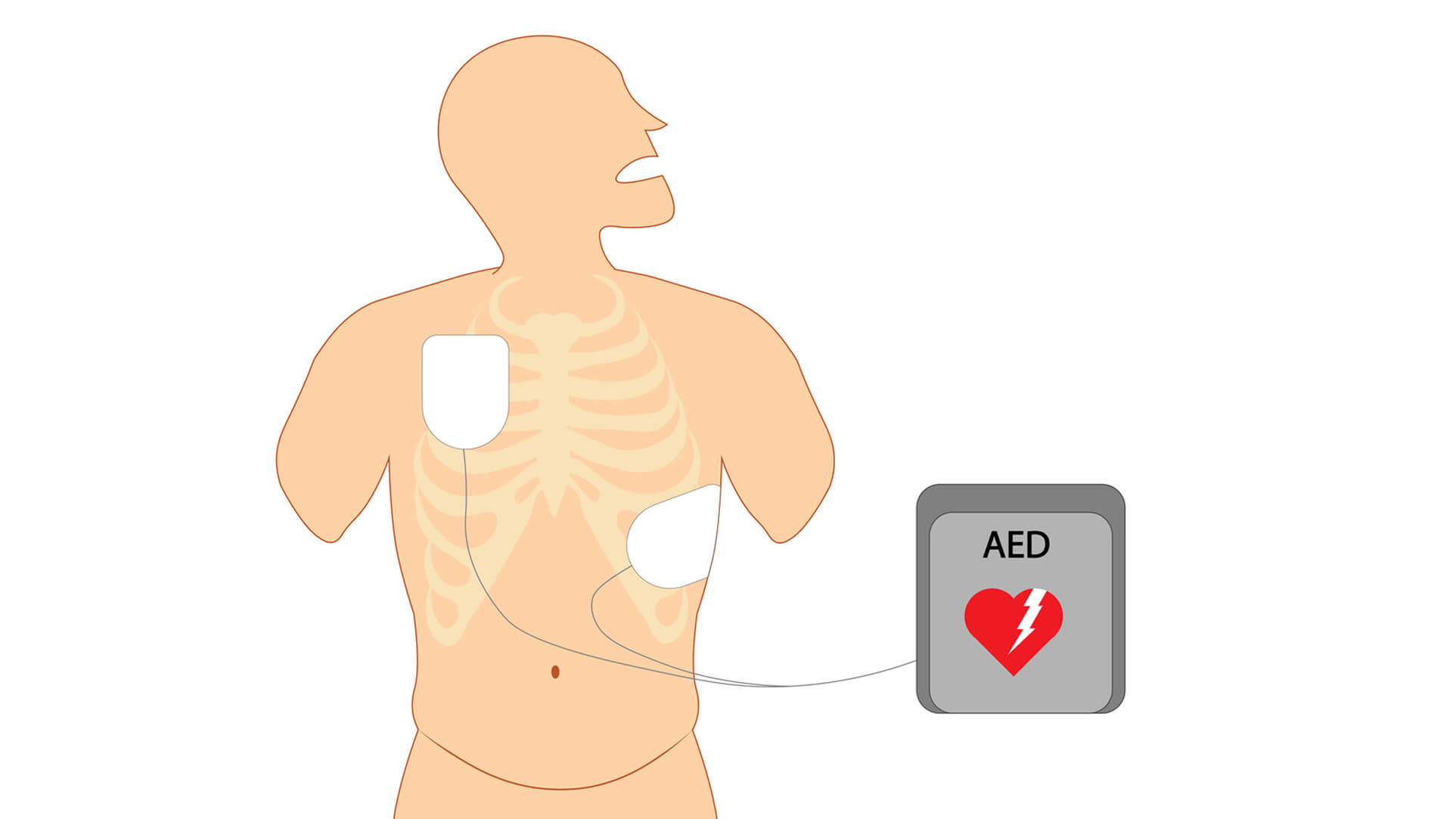-
 Written By
Prabakar Mahalingam
Written By
Prabakar Mahalingam
- Published
How Long Does an AED Battery Last? Everything You Need to Know

AED batteries are crucial. They power the device that gives life-saving shocks during sudden cardiac arrest. These batteries power every rescue attempt, so their dependability is crucial. Most devices last between two and seven years, but this can vary by manufacturer and model. To keep the device ready, check end dates and replace batteries on time. This way, the AED will be prepared when every second counts.
AED battery lifespan by make and model.
This guide shows you how long your AED battery lasts. Staying informed helps you be ready and avoid surprises when it counts.
| AED Brand | Model | Battery Life | Running Time and Number of Shocks When New | Replacement Battery |
| Philips | HeartStart FRx and HeartStart OnSite | 5 years uninstalled from the date of manufacture or 4 years installed | 4 hours or 200 shocks at 77° F
(25° C)
10 hours in training mode |
Philips HeartStart Battery M5070A
|
| Defibtech | Lifeline DCF-100 and Lifeline ECG | 5 years installed (standard battery)
7 years uninstalled or 5 years installed (high-capacity battery) |
8 hours or 125 shocks
16 hours or 300 shocks |
Defibtech Standard DBP-1400 Battery
|
| Lifeline VIEW and Lifeline ECG | 4 years installed | 8 hours or 125 shocks | Defibtech VIEW AED Battery DCF-2003
|
|
| LIFEPAK | LIFEPAK CR2 | 4 years | 800 minutes or 166 shocks at 200 joules | |
| HeartSine | Samaritan PAD 350P, Samaritan PAD 360P, Samaritan PAD 450P | 4 years | 6 hours or at least 60 shocks (new)
at least 10 shocks (4 years old) |
Adult Samaritan Pad-Pak AED battery and pad cartridge
|
| ZOLL | ZOLL AED Plus | 10 years uninstalled
5 years installed (software version 5.32 or higher) 3 years installed (earlier software versions) |
Not specified | ZOLL AED Plus Replacement Batteries (set of 10) |
| ZOLL AED Pro | 5 years installed | 15 hours or 300 shocks at 200 joules at 68° F (20°C) | ZOLL AED Pro Non-Rechargeable Lithium Battery | |
| Cardiac Science | Powerheart G5 | 5 years uninstalled
4 years installed |
16 hours or 250-420 shocks at 68-86° F (20-30° C) | Cardiac Science Powerheart G5 Replacement Battery |
The lifespan of an AED battery depends on its storage conditions. Factors like temperature, humidity, and risks such as short-circuiting can shorten its durability.
In models such as the ZOLL AED Plus, which use many batteries, it’s essential to replace them all together. Swapping a few parts and resetting the unit might seem like it’s ready. But the device may still not have enough power for a full rescue.
Important note: Always replace your AED with batteries approved by the manufacturer. Using off-brand options can affect performance during emergencies and may cancel the warranty.
How to check your AED battery’s end date
AED end dates differ by model. Each device uses one of three standard methods to decide when it needs replacement.
Manufactured Date
Most AED batteries show a manufacture date. This date tells you how long they should work. To get the best lifespan, use batteries rated for four years. Install them within a year of buying, or after five years in storage.
Install By Date
Some AED batteries have an “install by” date instead of an end date. Installing them before this date helps them last for about four years.
End Date
Certain AED batteries come with a preset end date that assumes instant installation. The Defibtech long-life battery lasts up to seven years. After that, it needs to be replaced.
Understanding Shelf Life
The shelf life of an unused AED battery signals how long it remains reliable in storage. Replacing it before that date ensures the device stays ready for emergencies.
AED pads expire too.
AED electrode pads expire because the adhesive gel loses its effectiveness over time. As the pads dry, they may not stick well or conduct electricity. That’s why they usually last only two to four years.
Research shows that many AED failures come from expired batteries or pads. Each of these issues makes up about a quarter of reported problems. You can avoid many of these failures by replacing batteries on time. Always keep a spare battery on hand. It helps with unexpected drains or issues in emergencies.
End Reminders and AED Program Management
Check your automated external defibrillator’s battery life regularly. It’s easy to do these steps to keep it ready.
- Note the manufacture, install-by, or end date on the inspection tag. This helps keep track of the battery’s status. This way, you can schedule replacements on time.
- Follow your state’s AED rules. Check the device every month to ensure it works and the batteries are charged.
- Set reminders to replace AED batteries and pads. You can mark a calendar or use management software to automate this task.
- Joining an AED program with an authorized provider helps you track end dates. It also updates you on training needs. Plus, it manages essentials like signage and reporting.
What to do with an expired battery
Expired AED batteries need to go to a recycling or hazardous waste facility. Don’t throw them in the trash, as improper disposal can lead to fires. Recycling also recovers valuable materials like lithium, helping preserve limited resources.
A working battery is key to a successful rescue.
Although AED batteries may last several years in storage or standby mode, their reliability decreases with age. Monitoring their condition and replacing them before power fades ensures the device is always ready for emergencies.
- Always use the battery that the manufacturer recommends. This ensures your AED works safely and effectively.
- Follow the manufacturer’s guidelines for storing and installing the AED battery. This keeps it performing at its best.
- Set up regular reminders for inspections and battery changes. You can also join an AED management program to stay on track easily.
- Keep a backup battery with your AED. This ensures it’s ready if there’s a malfunction or during a long emergency.
Maintaining AED batteries and pads may seem like a task at first, but it quickly becomes routine. Keeping the device fully functional is vital, as a ready AED can make the difference in saving a life.
FAQs
How do I know when to replace my AED battery?
Check the battery’s manufacture, install-by, or end date. Also, follow the device’s indicators or alerts.
Can I use any battery in my AED?
No. Only approved manufacturers should use batteries. This ensures proper function and keeps warranty coverage intact.
What happens if the AED battery fails during an emergency?
If the battery fails, the AED may not deliver a shock, which could put a life at risk. Always keep a spare battery available.
Do AED electrode pads expire like batteries?
Yes. Most AED pads last two to four years. The adhesive gel dries out over time, which lowers their effectiveness.
How should I dispose of expired AED batteries?
Take expired batteries to a recycling or hazardous waste facility. Don’t throw them in the regular trash.
Conclusion
In the end, keeping your AED in top condition comes down to proper battery care. To keep your device ready, know how long the battery lasts. Check end dates and replace it on time. This way, it will be ready when you need it most. A well-kept AED can mean life or death. So, regular checks and timely replacements are key to being ready.

